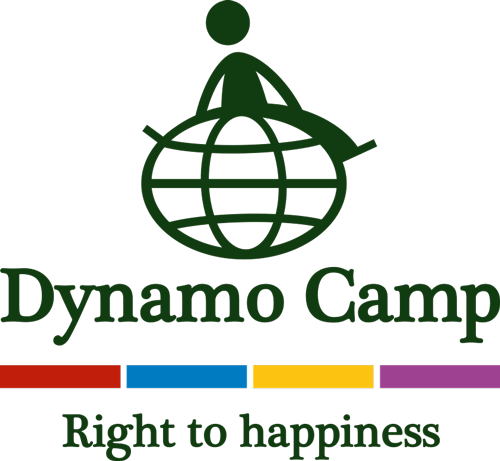
To celebrate the World Consumer Rights Day, which occurs every March 15th, we thought to show you how to correctly read the label of an organic product, to learn how to understand all the information inside it and to make more conscious purchases.
In recent years, there are growing trends in the organic products sales: not only food, but also cosmetics, household cleaning products, food supplements. The MIPAAF Decree (Ministry of Agricultural, Food and Forestry Policies) n°6793/2018 replaces the previous 18354/2009, 889/2008 and 834/2007 as regards organic agriculture and repeals 1804/99 about organic animal production. To be defined as organic, a product must therefore respect certain normative criteria. The rules concern production, labeling, control and transmission of information. Today we focus on labeling.
Organic food labeling
To display the word "organic" on the packaging, at least 95% of the product ingredients must come from organic farming or breeding. In this case, the term "organic" can appear in the visual field of the product name. However, this rule doesn’t apply to foods that present less than 95% of the ingredients from organic production: these can only specify which ingredients are organic among the ones on the label (usually indicated by the symbol *). Products that exceed the 95% threshold must report specific data on the label, as they are regarded in all respects as organic.
For the consumer, it’s important to learn how to read organic foods label. First of all, it’s important to know that organic certification covers all levels of the production chain and labeling is necessary for both packaged and bulk products. To be certified as organic, a common box of fruit as well as a pack of crackers must report the following information on the label:
- As we said, the term "organic" must appear in the sale denomination: if we are below the percentage of 95%, for each ingredient it is specified whether it comes from organic production (with symbol *) or not;
- EU regulation N°271/2010 has made the European logo on organic products mandatory: the so-called Euroleaf certifies that what you are buying is organic, that it respects the European rules and that at least the 95% of its ingredients come from organic production;
- The community logo is associated with an identification code, made up of several parts:
- the abbreviation of the European country (in Italy it is IT);
- the abbreviation that refers to the organic production method (in Italy it is BIO, in other states it can be ECO, ORG or other);
- the Code of the Control Body: every EU member state instructs public authorities or private bodies to carry out rigorous and cyclical inspections on the organic production/distribution companies. Each Control Body is identified with a code. In Italy there are 17, authorized by the Ministry of Agricultural, Food and Forestry Policies;
- the Control Operator's code, i.e. the physical person who made the most recent preparation of the food. This number is attributed by the reference Control Body.
- The manufacturer and the production plant must be indicated under the identification code.
- Finally, the place of origin (cultivation or breeding) of raw materials must be indicated. Several the appropriate wordings for such identification:
-
- EU agriculture: if the agricultural raw materials are of EU origin;
- NON-EU agriculture: if agricultural raw materials are imported from third countries;
- EU / NON-EU agriculture: if the origin is mixed;
- It is possible to specify the country of origin (i.e. Italy) if all the raw materials used are of the same derivation.
We at Probios are always at the forefront to guarantee consumer rights, through quality products and information transparency.





